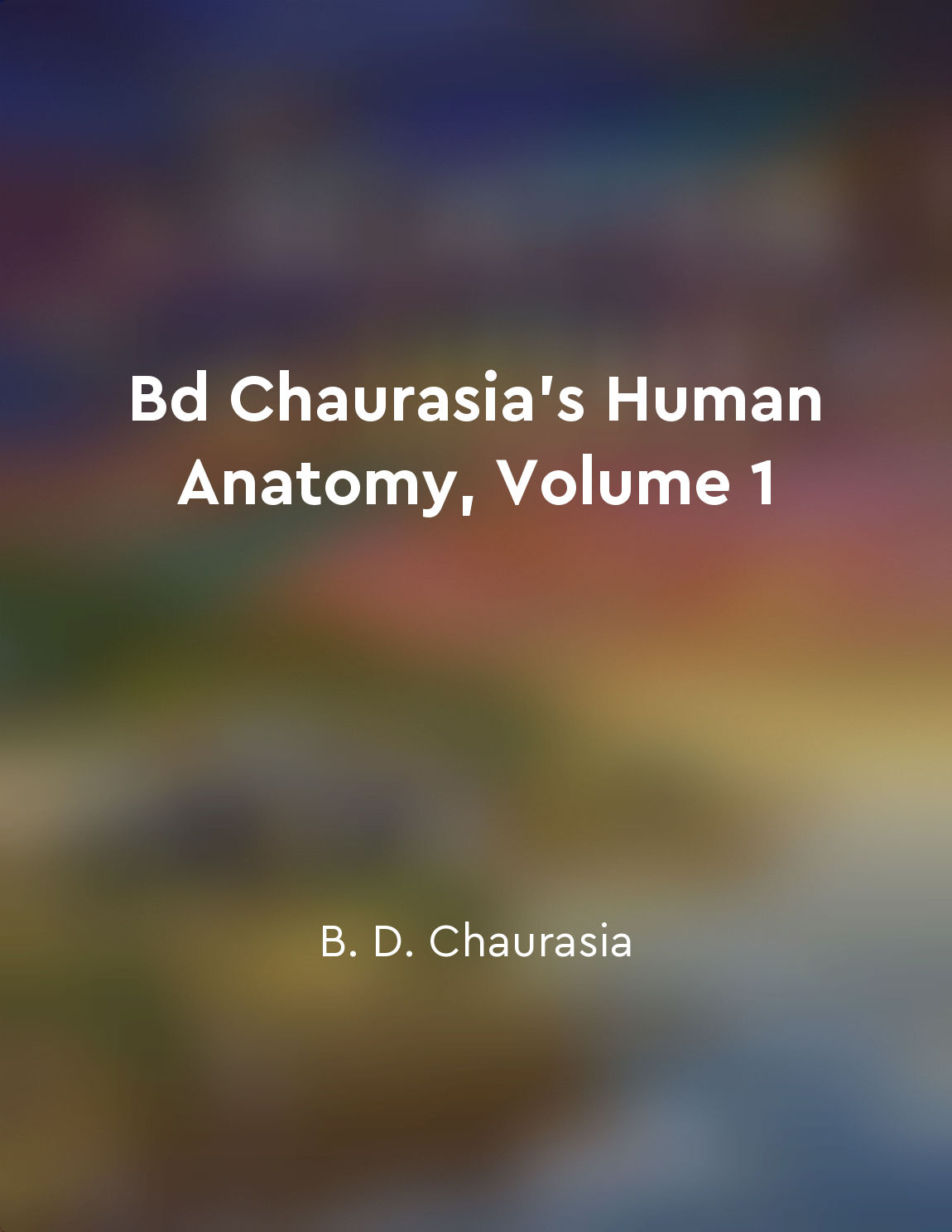Muscles of lower limbs from "summary" of Bd Chaurasia's Human Anatomy, Volume 1 by B. D. Chaurasia
The lower limbs of the human body are equipped with a complex network of muscles that play a crucial role in movement and support. These muscles are divided into several groups based on their location, function, and attachment points. The muscles of the lower limbs can be broadly categorized into anterior, posterior, medial, and lateral groups.
The anterior muscles of the lower limbs are primarily responsible for flexing the hip and extending the knee. These muscles include the quadriceps femoris group, which consists of the rectus femoris, vastus lateralis, vastus medialis, and vastus intermedius. The sartorius muscle, located on the upper thigh, is also considered an anterior muscle due to its role in flexing and rotating the hip.
On the other hand, the posterior muscles of the lower limbs are mainly involved in extending the hip and flexing the knee. The hamstring muscles, including the biceps femoris, semitendinosus, and semimembranosus, are prominent examples of posterior muscles. Additionally, the gluteal muscles, such as the gluteus maximus, gluteus medius, and gluteus minimus, contribute to hip extension and rotation.
The medial and lateral muscles of the lower limbs play a significant role in stabilizing the hip and knee joints during movement. The adductor muscles, located on the inner thigh, are part of the medial group and are responsible for adducting the thigh. The abductor muscles, including the tensor fasciae latae and gluteus medius, form the lateral group and aid in abduction and rotation of the hip.The muscles of the lower limbs work together in a coordinated manner to facilitate various movements, such as walking, running, jumping, and standing. Understanding the anatomy and function of these muscles is essential for healthcare professionals, athletes, and individuals seeking to improve their physical fitness.

Open in app
The road to your goals is in your pocket! Download the Oter App to continue reading your Microbooks from anywhere, anytime.


